Throughout history, countless architectural marvels have been demolished, often too soon and for various reasons. Whether due to changing urban needs, safety concerns, or economic pressures, these structures, once symbols of cultural or architectural significance, were torn down before their time. The loss of these iconic structures sparked public outcry and, in many cases, changed the way we think about preservation. This article explores some of the most famous buildings that were demolished too soon, leaving a lasting impact on the cities and communities they once served.
Pennsylvania Station, New York City
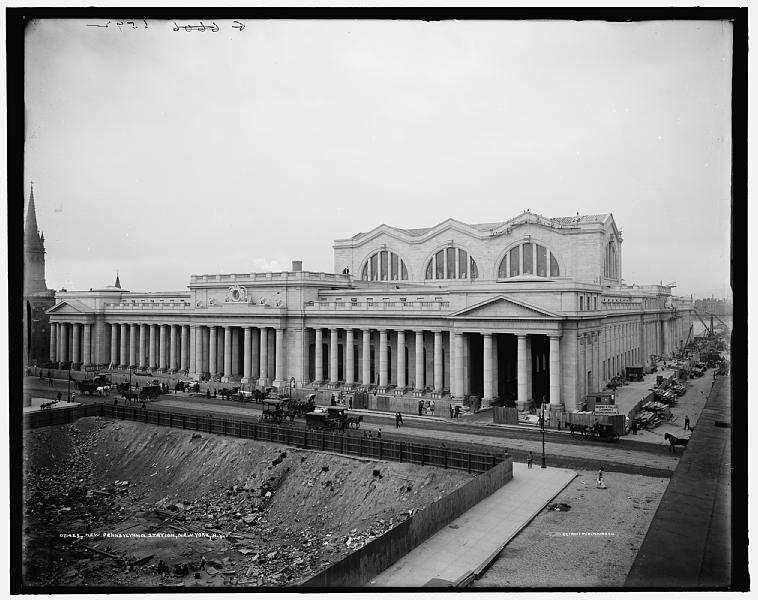
The original Pennsylvania Station, a masterpiece of Beaux-Arts architecture, was completed in 1910 by the renowned architectural firm McKim, Mead, & White. It served as a grand gateway to New York City, with its towering columns and vast arched spaces bathed in natural light. However, despite its beauty, it was demolished in 1963 to make way for the less impressive Madison Square Garden and a new underground station. This demolition sparked widespread outrage and became a turning point in the architectural preservation movement. The loss of Penn Station still resonates today, with many lamenting the decision to destroy such an iconic piece of history. The outcry over its destruction led to the establishment of the Landmarks Preservation Commission in 1965. Its legacy lives on, with some of its architectural elements, such as its grand clock, saved and displayed in various locations.
Crystal Palace, London
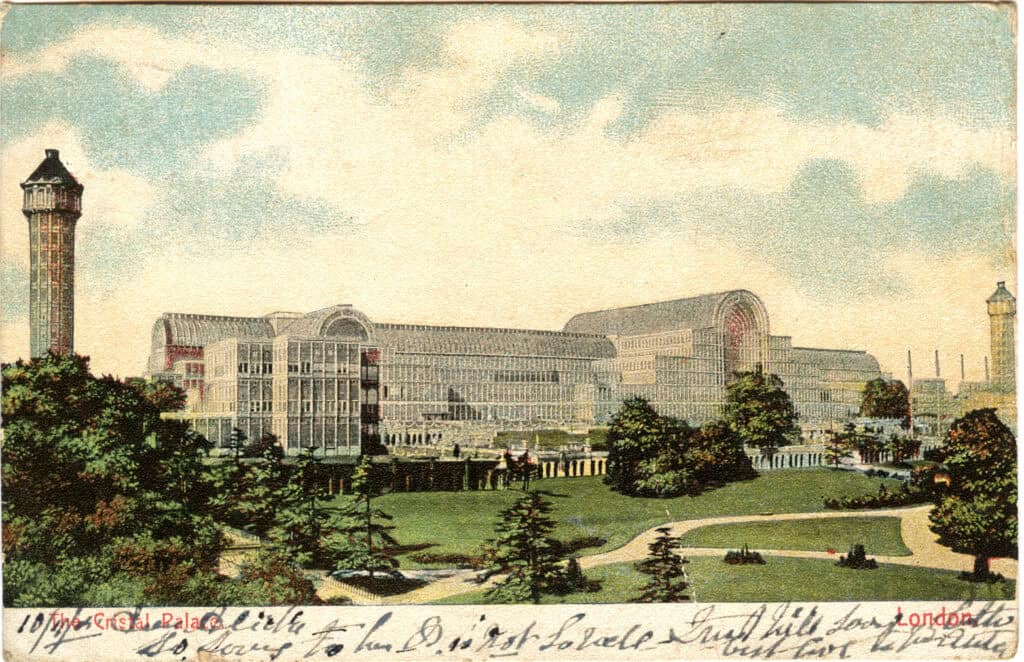
London’s Crystal Palace, designed by Joseph Paxton, was built for the Great Exhibition of 1851, showcasing the marvels of industrial progress. Constructed with iron and glass, it was an architectural feat, providing a massive exhibition space flooded with natural light. After the exhibition, it was relocated to Sydenham, where it became a cultural hub. However, in 1936, the structure was tragically destroyed by fire, leaving only its foundations and some statues behind. The fire marked the end of a building that had become an iconic symbol of Victorian ingenuity and ambition. Many believe its destruction was a significant loss to architectural heritage. Though proposals have been made to rebuild the palace, none have come to fruition. A park now exists on the site, named after the palace, featuring several monuments that serve as reminders of its former grandeur.
Singer Tower, New York City
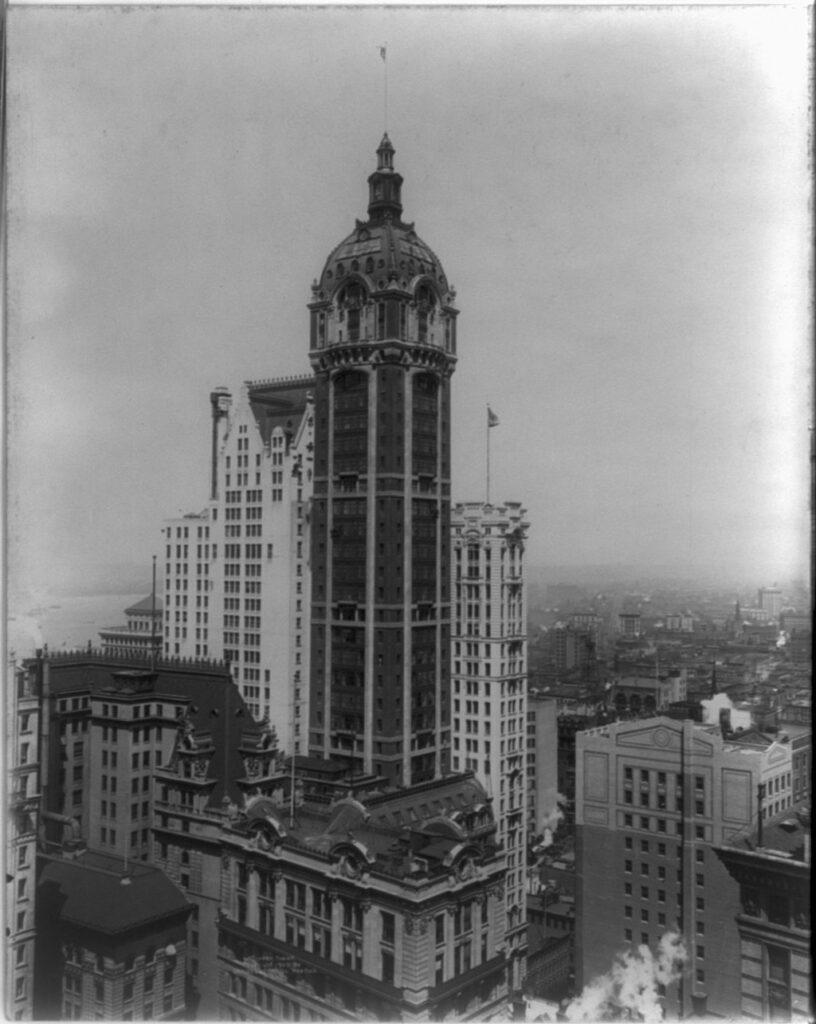
Once the tallest building in the world, the Singer Tower stood proudly over Manhattan’s skyline after its completion in 1908. Designed by architect Ernest Flagg, the 47-story tower housed the Singer Sewing Machine Company’s headquarters. However, despite its significance as an architectural and engineering landmark, it was demolished in 1968 to make way for the construction of One Liberty Plaza, a more practical yet uninspiring office building. Its demolition, as with Pennsylvania Station, fueled debates about preserving historic structures in an ever-evolving cityscape. The destruction of the Singer Tower marked the largest building ever intentionally demolished at that time.
Cornelius Vanderbilt II House, New York City

The Cornelius Vanderbilt II House, located on Fifth Avenue, was the largest private residence ever built in New York City, completed in 1893. This Gilded Age mansion, designed by George B. Post, featured 130 rooms, elaborate interiors, and detailed craftsmanship. Unfortunately, after Vanderbilt’s death, the property’s heirs could not maintain the estate, and it was sold. In 1926, it was demolished to make way for commercial buildings, including Bergdorf Goodman. Despite its relatively short lifespan, the house was an emblem of the Vanderbilt family’s vast wealth and influence. Parts of the mansion, like its gates, still exist in Central Park’s Conservatory Garden. Its fate mirrored that of many Gilded Age mansions, lost to New York’s rapidly developing skyline.
The Prentice Women’s Hospital, Chicago
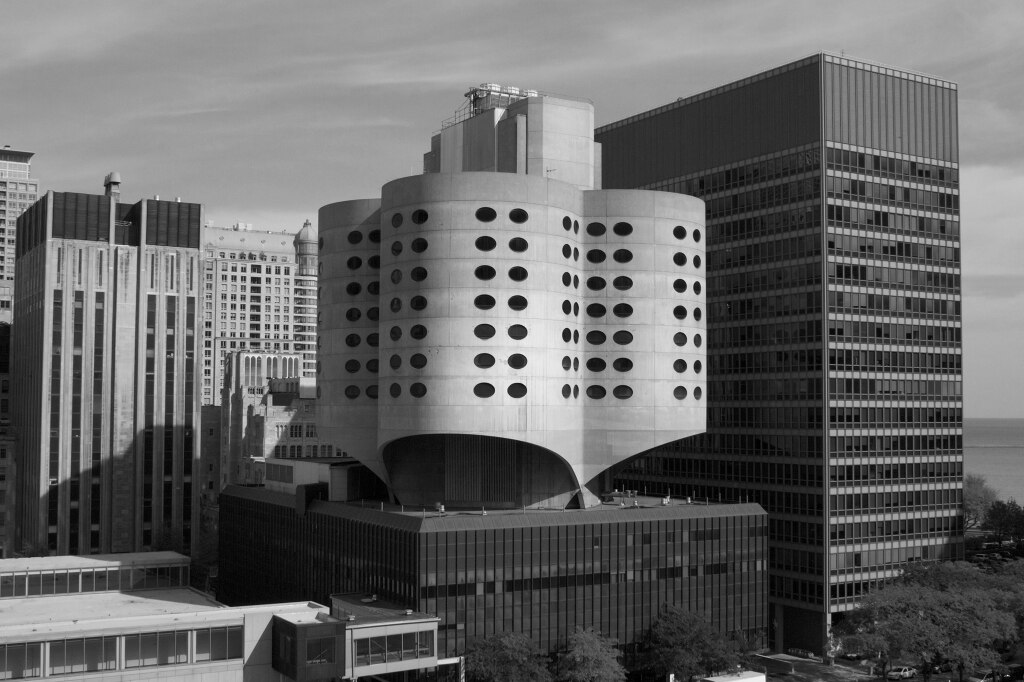
Chicago’s Prentice Women’s Hospital, designed by architect Bertrand Goldberg, was an innovative example of Brutalist architecture when it was completed in 1975. Its clover-shaped design, with a central nursing station, was groundbreaking in terms of patient care and architectural form. Despite a campaign to save the building, it was demolished in 2013 to make way for a new biomedical research facility. The destruction of the Prentice Hospital was a loss to both the architectural community and those who valued its unique contribution to healthcare design.
The Netherlands Dance Theater, The Hague
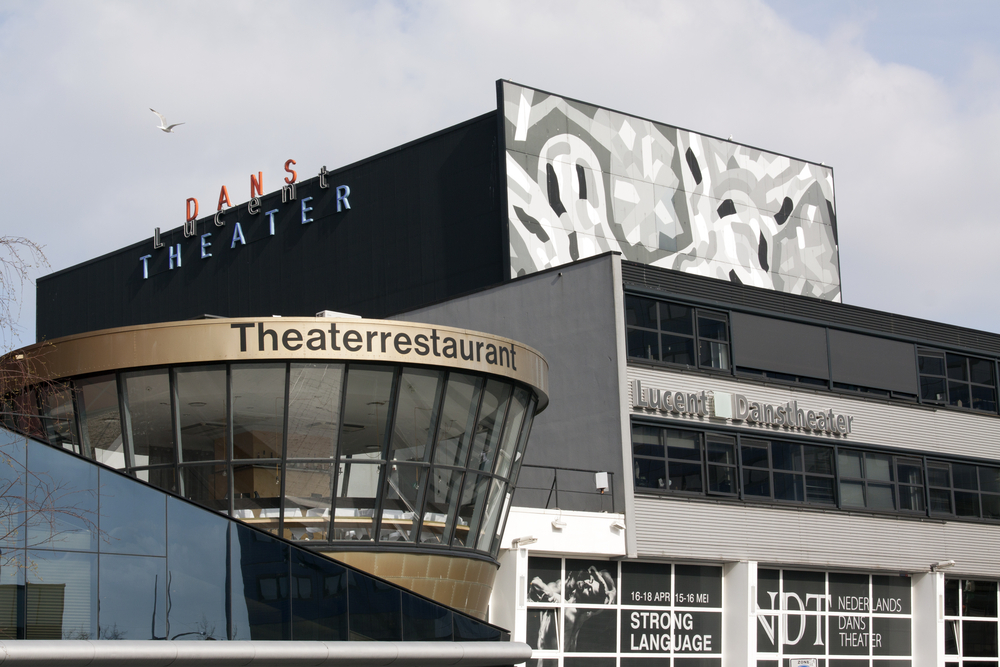
Built in 1987, the Netherlands Dance Theater was the first major work by the celebrated architect Rem Koolhaas. It was a postmodern marvel, notable for its innovative use of space and striking design, which included a curved roof and impeccable acoustics. Unfortunately, it was demolished in 2015 to make way for a new cultural center, despite public outcry and protests from architectural historians. The decision to tear down such a relatively young building drew significant criticism, particularly from those who viewed it as an architectural and cultural loss. Koolhaas himself lamented its demolition, recognizing it as an important early project in his career. Today, the site is being developed for new purposes, but the loss of the Dance Theater still stings for architecture enthusiasts.
The Old Chicago Federal Building, Chicago
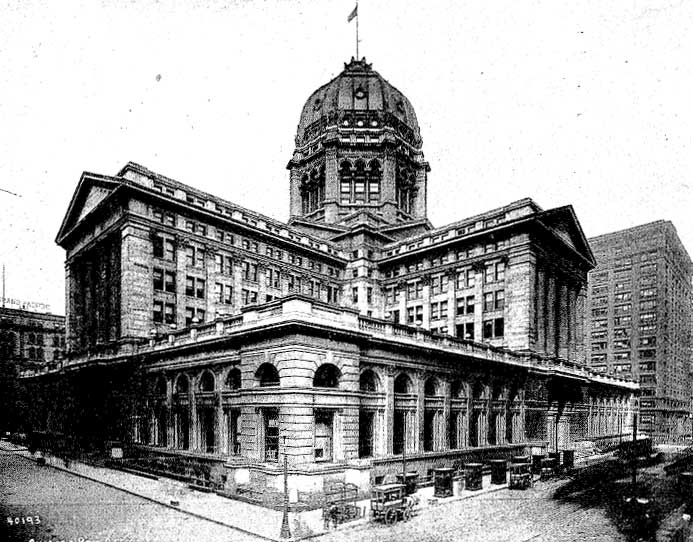
The Old Chicago Federal Building, completed in 1905, was a monumental Beaux-Arts structure that took up an entire city block. It housed the city’s federal courts, post office, and other government offices. Despite its importance, it was demolished in 1965 to make way for a modernist government building, much to the dismay of preservationists. Its destruction signaled a broader trend in mid-century urban renewal that prioritized modernization over preservation. The grand architectural details, including its impressive dome and colonnades, were lost in favor of sleek, functional design.
Morris Mechanic Theatre, Baltimore

The Morris Mechanic Theatre, built in 1967, was a Brutalist landmark in downtown Baltimore. Designed by John M. Johansen, it featured bold, concrete forms and was known for hosting prominent performances. However, its Brutalist style was not appreciated by everyone, and after decades of neglect, it was demolished in 2015. The site was redeveloped for luxury apartments, reflecting the trend of replacing culturally significant buildings with more profitable ventures. Its demolition was controversial, particularly among architectural enthusiasts who appreciated Brutalism as a significant movement.
Sutro Baths, San Francisco
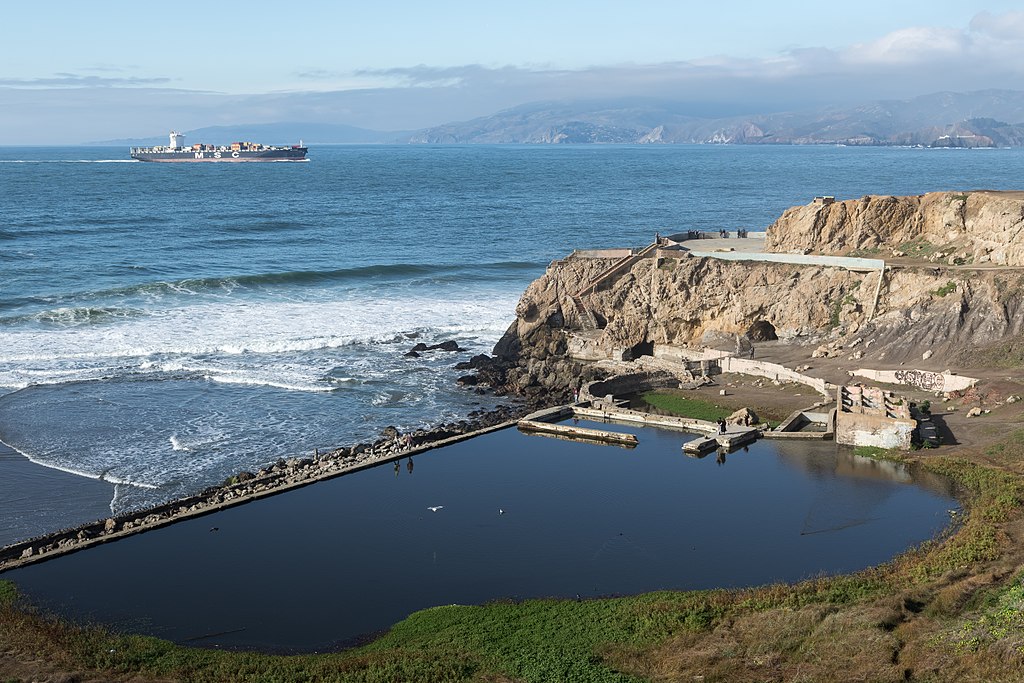
The Sutro Baths in San Francisco were a marvel when they opened in 1894. Built by Adolph Sutro, the enormous glass structure housed seven saltwater swimming pools and could accommodate thousands of visitors at once. Despite its popularity, the baths declined after World War II, and in 1966, they were destroyed by a fire during demolition efforts. The site is now part of the Golden Gate National Recreation Area, with the ruins of the baths still visible along the coastline. The fire was a tragic end to one of the city’s most unique landmarks.
The Imperial Hotel, Tokyo
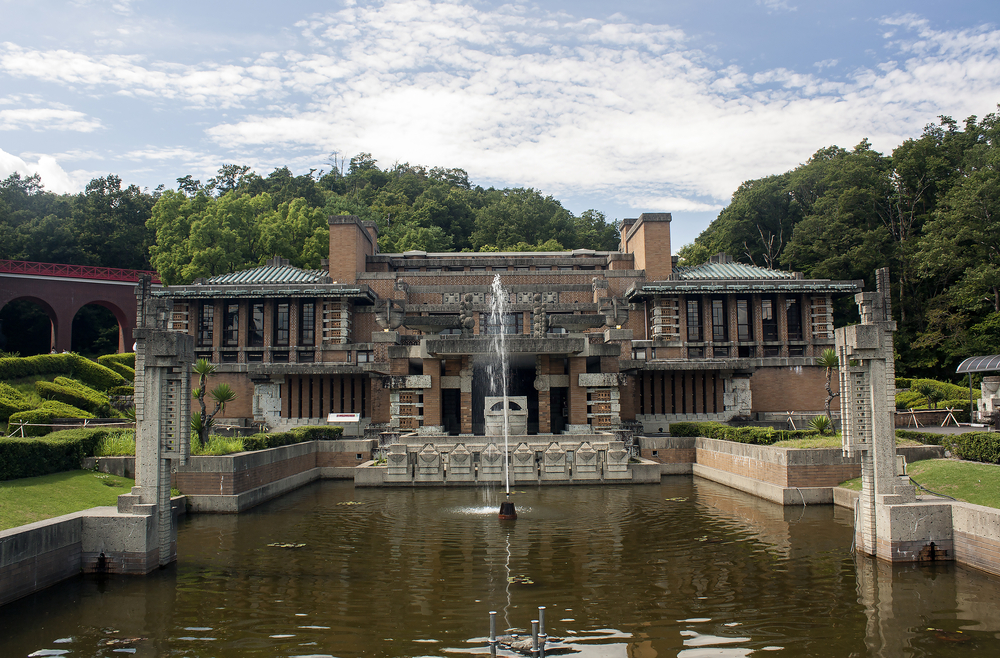
The Imperial Hotel in Tokyo, designed by renowned American architect Frank Lloyd Wright, was completed in 1923 and became an iconic symbol of modernist architecture. Wright’s design incorporated innovative techniques, including earthquake-resistant features, which proved effective during the Great Kanto Earthquake shortly after its opening. However, despite its historical significance and Wright’s ingenuity, it was demolished in 1968 to make room for a more modern structure. Its demolition shocked many, particularly those who admired Wright’s contributions to architecture and the hotel’s survival of multiple natural disasters. The main lobby and some other elements were preserved and moved to the Meiji Mura Museum, where they remain on display.
The Palace of the Republic, Berlin

The Palace of the Republic, built between 1973 and 1976 in East Berlin, was a symbol of the German Democratic Republic (GDR) and housed the East German parliament. This Modernist structure, with its glass façade and striking bronze cladding, became a cultural and political hub. After the fall of the Berlin Wall, however, the building was closed due to asbestos contamination. Despite calls for its preservation as a symbol of Cold War history, it was demolished between 2006 and 2008 to make way for the reconstruction of the Berlin City Palace. The demolition sparked heated debates about historical memory, as the Palace of the Republic represented both a significant era and an important chapter in Berlin’s history.
This article originally appeared on Rarest.org.
More from Rarest.org
18 Mysterious Creatures of the World`s Most Isolated Islands

Isolated islands often hide secrets, and some of the world’s most mysterious creatures live in these remote areas. These animals have evolved uniquely, shaped by their environment and isolation. Read More.
17 Brilliantly Colored Frogs and Amphibians That Stand Out in Nature

Nature is full of vibrant colors, but few creatures display them as boldly as frogs and amphibians. These animals often use their bright hues for protection, signaling danger to predators or blending into their colorful environments. Read More.
20 Graceful Marine Mammals That Glide Through the Ocean`s Depths

The ocean is home to some of the most graceful creatures on Earth. Marine mammals glide effortlessly through its depths, showcasing their beauty and power. Read More.
